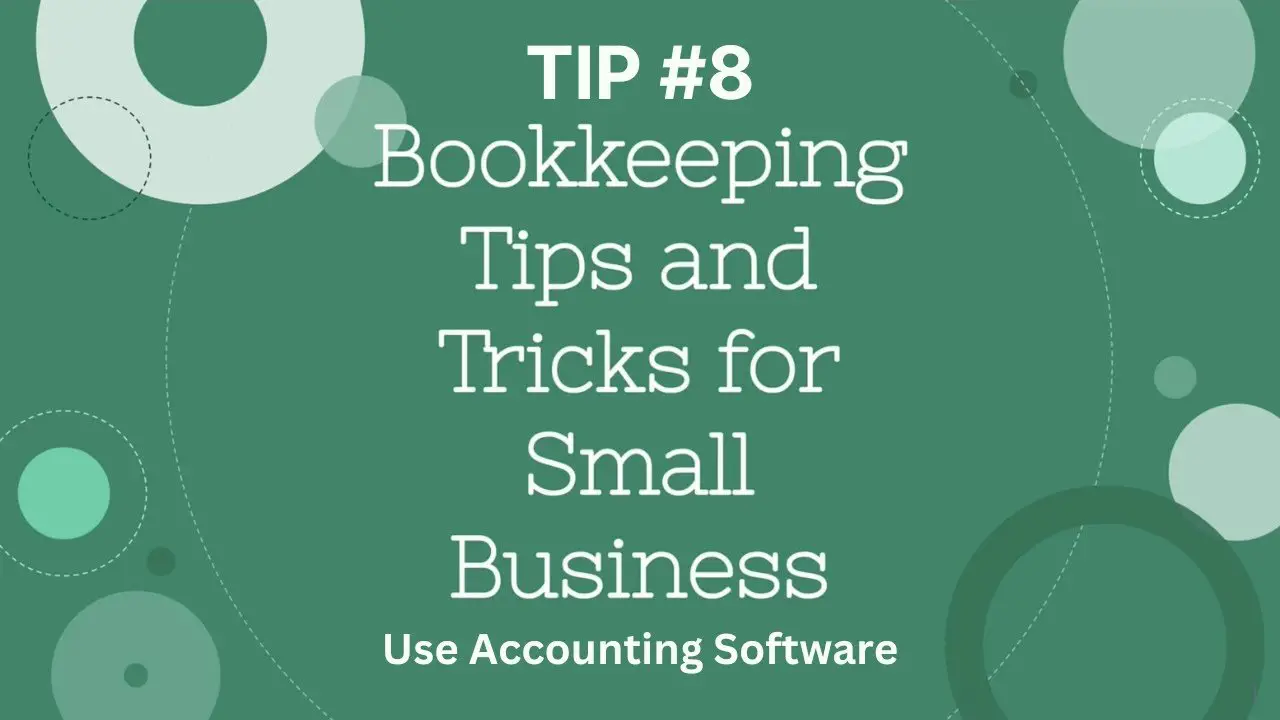If you’re a self-employed individual, planning for retirement may seem like a daunting task. But fear not! I’ve got the solution for you. When it comes to planning for retirement as a self-employed individual, it’s important to take control of your financial future. By making smart decisions now, you can ensure a comfortable and secure retirement down the road. In this article, we’ll explore some practical tips and strategies to help you navigate the complexities of retirement planning, so you can enjoy the fruits of your labor when the time comes. So, let’s dive in and uncover the secrets to planning for retirement as a self-employed individual.
Planning for Retirement as a Self-Employed Individual
Introduction
As a self-employed individual, planning for retirement is crucial to ensure financial security and independence in your golden years. Unlike employees who can rely on employer-sponsored retirement plans, self-employed individuals have to take the initiative to set up their own retirement savings strategies. In this article, we will explore various aspects of retirement planning for self-employed individuals, including understanding the importance of saving for retirement, exploring different retirement account options, maximizing tax benefits, and implementing effective investment strategies.
The Importance of Saving for Retirement
Saving for retirement is not just a luxury; it’s a necessity. Here are some reasons why retirement savings should be a priority for self-employed individuals:
- Uncertain Future Income: As a self-employed individual, your income may fluctuate, making it essential to create a financial cushion for retirement.
- No Employer Contributions: Unlike traditional employees, self-employed individuals do not have access to employer-matched retirement contributions, making it even more crucial to save independently.
- Longer Retirement Period: With increasing life expectancies, self-employed individuals may need to fund longer retirements, highlighting the need for adequate savings.
- Lack of Pension Plans: Many self-employed individuals do not have access to pension plans, further emphasizing the importance of building personal retirement savings.
Retirement Account Options for Self-Employed Individuals
Self-employed individuals have several retirement account options to choose from. Here are some popular choices:
1. Individual Retirement Arrangements (IRAs)
- Traditional IRA: Allows individuals to make tax-deductible contributions, potentially reducing their taxable income. However, withdrawals during retirement are subject to income tax.
- Roth IRA: Contributions to a Roth IRA are made with after-tax dollars, but qualified withdrawals during retirement are tax-free. This option can be advantageous for those in lower tax brackets.
- Simplified Employee Pension (SEP) IRA: Designed for self-employed individuals and small business owners, a SEP IRA allows higher contribution limits and is relatively easy to set up.
2. Solo 401(k)
- A Solo 401(k) allows self-employed individuals to save more for retirement compared to traditional IRAs. It offers both employee and employer contributions, providing potential tax benefits.
- Contributions limit in 2021: $19,500 for employees and an additional 25% of compensation for the employer, up to a total of $58,000.
3. Simplified Employee Pension (SEP) Plan
- With a SEP Plan, self-employed individuals can contribute a percentage of their net self-employment income, up to $58,000 or 25% of their compensation, whichever is lower.
- SEP Plans offer flexibility and have relatively low administrative costs, making them attractive options for self-employed individuals.
4. Profit-Sharing Plans
- Profit-sharing plans allow self-employed individuals to make contributions based on business profits. The contributions are deductible as business expenses.
- Profit-sharing plans are typically combined with another retirement plan, such as a 401(k) or SEP IRA, to maximize retirement savings.
Maximizing Tax Benefits for Retirement Savings
When planning for retirement as a self-employed individual, it is essential to be aware of the tax benefits associated with different retirement account options. Here are some strategies to maximize tax benefits:
1. Take Advantage of Tax-Deferred Contributions
- Contributions made to traditional IRAs, SEP IRAs, Solo 401(k)s, and other qualified retirement plans are tax-deductible, reducing your current taxable income.
- By maximizing contributions to tax-deferred retirement accounts, self-employed individuals can lower their tax liability while simultaneously saving for retirement.
2. Consider Roth Contributions
- While traditional retirement accounts offer immediate tax benefits, Roth IRAs and Roth 401(k)s provide tax-free withdrawals during retirement.
- For self-employed individuals expecting to be in a higher tax bracket during retirement or looking for tax diversification, Roth contributions can be advantageous.
3. Leverage Catch-Up Contributions
- Individuals aged 50 and older can take advantage of catch-up contributions, allowing them to contribute additional funds to their retirement accounts.
- For example, in 2021, individuals aged 50 and older can contribute an extra $6,500 to a Solo 401(k) on top of the regular contribution limit.
Effective Investment Strategies for Self-Employed Retirement Savings
Building a solid investment strategy is vital for maximizing returns and achieving long-term financial goals. Here are some tips for effective investment strategies:
1. Diversify Your Investments
- Diversification is key to managing risk and maximizing returns. Spread your investments across different asset classes, such as stocks, bonds, and real estate.
- Consider diversifying within each asset class as well, investing in different industries and geographic regions.
2. Regularly Review and Rebalance Your Portfolio
- Periodically review your investment portfolio to ensure it aligns with your financial goals and risk tolerance.
- Rebalancing involves adjusting the portfolio’s asset allocation to maintain the desired balance between risk and return.
3. Seek Professional Advice
- Consider consulting a financial advisor who specializes in retirement planning for self-employed individuals.
- A financial advisor can help you develop a personalized investment strategy based on your unique needs and goals.
4. Stay Informed and Educate Yourself
- Stay updated on market trends and financial news to make informed investment decisions.
- Take advantage of educational resources, such as books, articles, and seminars, to enhance your financial knowledge and make sound investment choices.
Retirement planning as a self-employed individual requires careful consideration and proactive steps to ensure a secure financial future. By understanding the importance of saving for retirement, exploring different retirement account options, maximizing tax benefits, and implementing effective investment strategies, you can take control of your retirement savings and build a nest egg that supports your desired lifestyle in retirement. Remember, it’s never too early to start planning for retirement, so take action today and set yourself up for a comfortable and fulfilling retirement.
IRA for Self Employed (EVEN BETTER THAN A 401K!)
Frequently Asked Questions
Frequently Asked Questions (FAQs)
How can I start planning for retirement as a self-employed individual?
As a self-employed individual, it’s crucial to take proactive steps to plan for your retirement. Start by setting financial goals, creating a budget, and identifying retirement savings options such as Individual Retirement Accounts (IRAs) or Simplified Employee Pension (SEP) plans.
What is an Individual Retirement Account (IRA) and how can it help me save for retirement?
An Individual Retirement Account (IRA) is a type of retirement savings account that offers tax advantages. With an IRA, you can contribute a certain amount of money each year, and it will grow tax-free until you withdraw it during retirement. There are Traditional and Roth IRA options, each with its own tax implications.
Is it important to diversify my retirement savings as a self-employed individual?
Yes, diversifying your retirement savings is essential for reducing risk and maximizing returns. Consider investing in a mix of assets such as stocks, bonds, real estate, and other investment vehicles. This diversification can help protect your savings from market fluctuations.
Can I contribute to a Simplified Employee Pension (SEP) plan as a self-employed individual?
Yes, self-employed individuals can contribute to a Simplified Employee Pension (SEP) plan. SEP plans offer tax advantages and allow you to make contributions as both the employer and employee. The contribution limits for SEP plans are generally higher than those for traditional IRAs.
What other retirement savings options are available for self-employed individuals?
In addition to IRAs and SEP plans, self-employed individuals can explore other retirement savings options such as Solo 401(k) plans, defined benefit plans, or profit-sharing plans. Each option has its own eligibility criteria and contribution limits, so it’s important to research and choose the one that best suits your needs.
Should I consider working with a financial advisor when planning for retirement?
Working with a financial advisor can be beneficial when planning for retirement as a self-employed individual. A financial advisor can help assess your financial situation, provide guidance on tax implications, and recommend appropriate investment strategies to help you achieve your retirement goals.
How frequently should I review my retirement plan as a self-employed individual?
It’s recommended to review your retirement plan at least once a year or whenever there are significant changes in your financial situation. Regularly evaluating your retirement plan can help ensure that it aligns with your goals and allows you to make any necessary adjustments to stay on track.
What are the potential tax advantages of saving for retirement as a self-employed individual?
Self-employed individuals can benefit from various tax advantages when saving for retirement. Contributions to retirement accounts, such as IRAs or SEP plans, may be tax-deductible, reducing your taxable income. Additionally, investment earnings within these accounts can grow tax-free until withdrawal, providing potential tax savings in the long run.
Final Thoughts
Planning for retirement as a self-employed individual requires careful consideration and proactive steps. Firstly, it is essential to establish a retirement savings plan, such as an individual retirement account (IRA) or a solo 401(k), to ensure consistent contributions towards your future. Secondly, prioritizing consistent income, budgeting effectively, and managing expenses allows for sustained retirement savings. Lastly, investing in diverse assets and regularly reviewing your retirement plan ensures long-term growth and stability. By taking these crucial steps, self-employed individuals can confidently navigate their financial future, ultimately securing a comfortable retirement.



